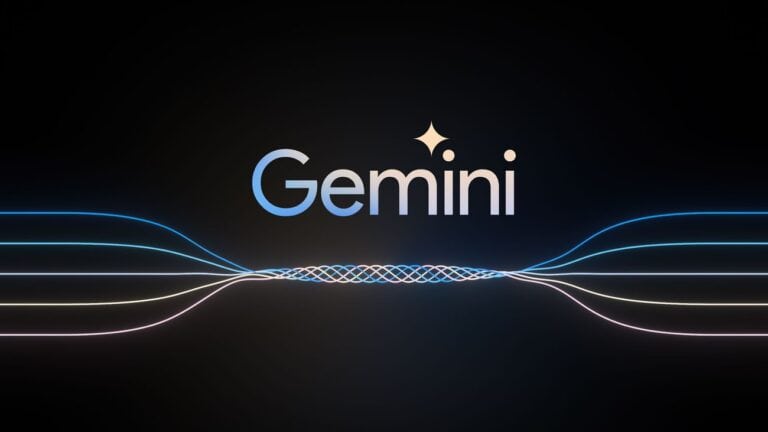OpenAI’s Sora app has rapidly become one of the most talked-about AI video generation platforms since its launch in late 2025. Offering users the ability to create AI-generated videos with ease, Sora has quickly climbed to the top of the U.S. and Canadian App Store charts, showcasing the growing demand for creative AI tools. Here’s a comprehensive look at the latest news, updates, and important information about OpenAI’s Sora.
What is Sora?
Sora is an AI-powered video generation app developed by OpenAI that allows users to create short videos using advanced artificial intelligence models. The app leverages cutting-edge machine learning to produce realistic video content based on user inputs, making video creation accessible to a broad audience without requiring technical expertise.
Recent Launch and Availability
Initially released on iOS, Sora quickly gained popularity, prompting OpenAI to announce an Android version that is now available in key markets including the U.S., Canada, Japan, Korea, Thailand, Vietnam, and Taiwan. However, at launch on Android, some features such as creating characters, stitching videos, and purchasing additional video credits beyond included usage were not yet supported but are actively being developed (OpenAI Help Center).
Major Updates and Features
OpenAI CEO Sam Altman has been proactive in rolling out updates to enhance Sora’s capabilities and address user feedback. Some of the key updates include:
- Video Editing Tools: New editing features allow users to refine and customize their AI-generated videos more effectively.
- Expanded Creation Tools: Sora is adding new options for video creation, including personalized “cameo” videos that enable users to insert themselves or others into generated content.
- Social Features: Improved sharing and social interaction capabilities are being integrated to foster community engagement.
- Copyright Controls: OpenAI introduced opt-in copyright protections, empowering intellectual property holders to control how their content is used within the app (OpenTools.ai).
The upcoming Sora 2 model promises even more advanced video generation quality and user experience enhancements, positioning Sora as a leader in AI video content creation (The AI Insider).
Controversies and Concerns
Despite its success, Sora has faced criticism and safety concerns. Advocacy group Public Citizen has demanded that OpenAI withdraw Sora 2, citing risks related to deepfake technology and potential threats to democracy. Reports have surfaced of harmful content generated using Sora, including videos depicting violence against women, sparking debates about ethical AI use and the need for stronger safeguards (AP News, LA Times).
OpenAI is actively working on improving safety features and content moderation to mitigate these issues.
What’s Next for Sora?
OpenAI continues to innovate with Sora, focusing on:
- Expanding platform availability and feature sets.
- Enhancing user control over content creation and copyright.
- Strengthening ethical safeguards to prevent misuse.
- Introducing monetization options for creators.
The rapid evolution of Sora highlights the transformative potential of AI in creative media, alongside the challenges of responsible deployment.





